What is a Strip Chart?
A strip chart, often referred to as a strip recorder or chart recorder, is a graphical tool for displaying data over time. It consists of a long roll of paper that moves horizontally while various inputs are plotted vertically. The primary purpose of a strip chart is to provide a continuous, visual representation of data, making it easier to observe trends, fluctuations, and patterns in real-time.
Strip charts are widely used in various fields, including engineering, environmental monitoring, and healthcare, where real-time data collection is crucial. Recording data in a visual format allows for quick analysis and facilitates decision-making processes.
The History of Strip Charts
The concept of strip charts dates back to the early 20th century when mechanical devices were developed to record data automatically. Initially used in scientific laboratories, strip charts evolved with technological advancements, moving from mechanical devices to electronic systems.
With the advent of digital technology, modern strip chart recorders offer enhanced features such as increased accuracy, real-time data logging, and the ability to interface with computers. This evolution has expanded their use beyond traditional applications, allowing for more excellent data analysis and monitoring flexibility.
How Strip Charts Work
The Components of a Strip Chart
A typical strip chart system consists of several key components:
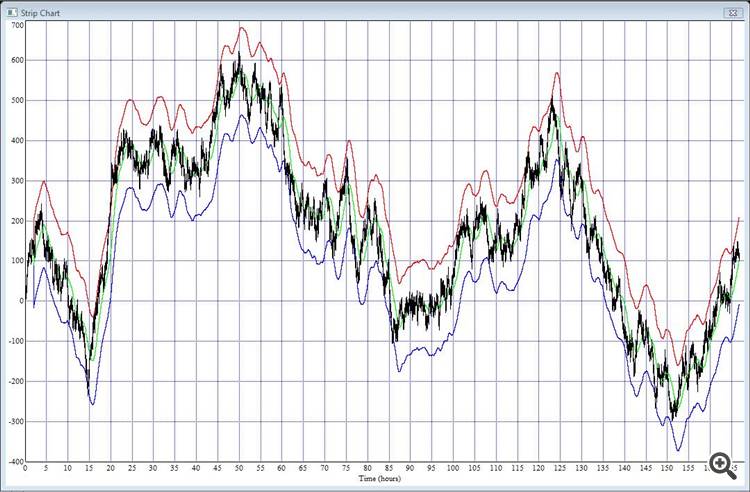
- Chart Paper: The paper used in strip charts is usually a continuous roll that moves constantly, allowing data points to be plotted over time.
- Sensors: These devices measure various parameters such as temperature, pressure, or voltage. The data collected by sensors is then transmitted to the chart recorder.
- Chart Recorder: The chart recorder interprets and plots the sensor data on the chart paper at the system’s heart. This can be done using a pen, ink, or a digital display, depending on the technology used.
- Calibration Mechanism: Strip chart systems often include calibration features that allow users to adjust the system based on known standards to ensure accurate readings.
The Recording Process
The recording process begins with the sensor capturing data from the environment or system being monitored. This data is then sent to the chart recorder, which plots the points on the moving paper. As the paper moves, the recorder draws a continuous line representing the data changes over time. This visual representation makes identifying trends, such as peaks or troughs, easy and facilitates further analysis.
Applications of Strip Charts
Environmental Monitoring
One of the most significant applications of strip chart is environmental monitoring. They track changes in air quality, water quality, and other environmental parameters. By continuously recording data, environmental scientists can identify trends and anomalies, enabling timely interventions when necessary.
For instance, strip charts can be used in water treatment facilities to monitor the levels of various contaminants, ensuring compliance with safety standards. Any sudden spike in contaminant levels can be easily identified and addressed.
Industrial Processes
In industrial settings, strip charts are crucial in monitoring production processes. They help track temperature, pressure, and flow rates in real-time wing operators to make informed decisions and adjustments to optimize production efficiency.
For example, strip charts can be used in a chemical manufacturing plant to monitor reaction temperatures. Operators can adjust the process parameters to prevent production issues or safety hazards if the temperature deviates from the optimal range.
Medical Applications
In healthcare, strip charts monitor vitaltogmonitors heart rate, blood pressure, and temperature. Medical professionals can continuously track these parameters, allowing immediate action if abnormalities are detected.
For instance, in intensive care units, strip charts can provide real-time data on a patient’s vital signs, enabling doctors and nurses to respond quickly to critical changes in a patient’s condition.
Advantages of Strip Charts
Real-Time Data Visualization

One of the primary advantages of strip charts is their ability to provide real-time data visualization. This allows users to monitor processes continuously and make immediate decisions based on the data presented.
Easy Interpretation
The graphical nature of strip charts makes it easy to interpret data trends. Unlike numerical data, which can be overwhelming, visual representations enable users to grasp the information quickly, identifying patterns and anomalies at a glance.
Continuous Recording
Strip charts offer continuous data recording, making them ideal for applications where long-term monitoring is essential. This feature is particularly beneficial in environments where conditions fluctuate frequently, ensuring no critical data points are missed.
Challenges and Limitations
Data Resolution
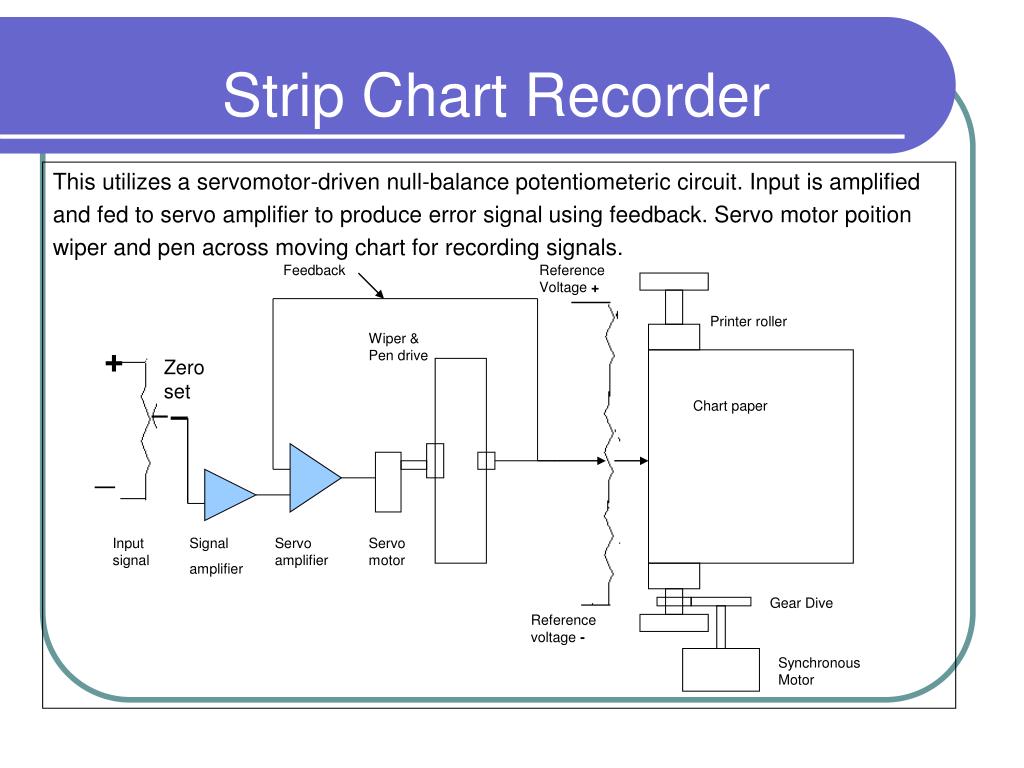
While strip charts effectively monitor trends, they may not provide the detail required for precise analysis. The resolution of the recorded data is limited by the speed of the chart paper movement and the sampling rate of the sensors.
Paper Maintenance
Traditional strip chart require physical paper, which can be costly and may require regular replacement. Additionally, managing and storing paper records can be cumbersome, especially in facilities that generate large amounts of data.
Transition to Digital Systems
As technology advances, many industries are transitioning to digital data logging systems that offer enhanced capabilities, such as cloud storage and data analysis software. While this shift provides numerous benefits, it may lead to reduced use of traditional strip charts in the future.
Conclusion
Strip charts remain a valuable tool for data visualization across various industries. Their ability to provide real-time, continuous monitoring makes them indispensable in applications ranging from environmental monitoring to industrial processes and healthcare. Despite some challenges, such as data resolution and paper maintenance, the advantages of strip chart in visualizing trends and facilitating quick decision-making continue to make them relevant.
Integrating digital capabilities may redefine how data is recorded and analyzed as technology evolves. However, the fundamental principles of strip charts—real-time data visualization and straightforward interpretation—will likely endure, ensuring their place in the toolkit of data monitoring solutions.

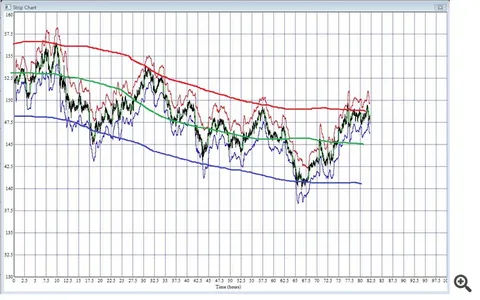





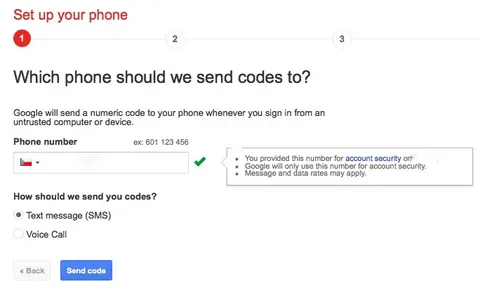


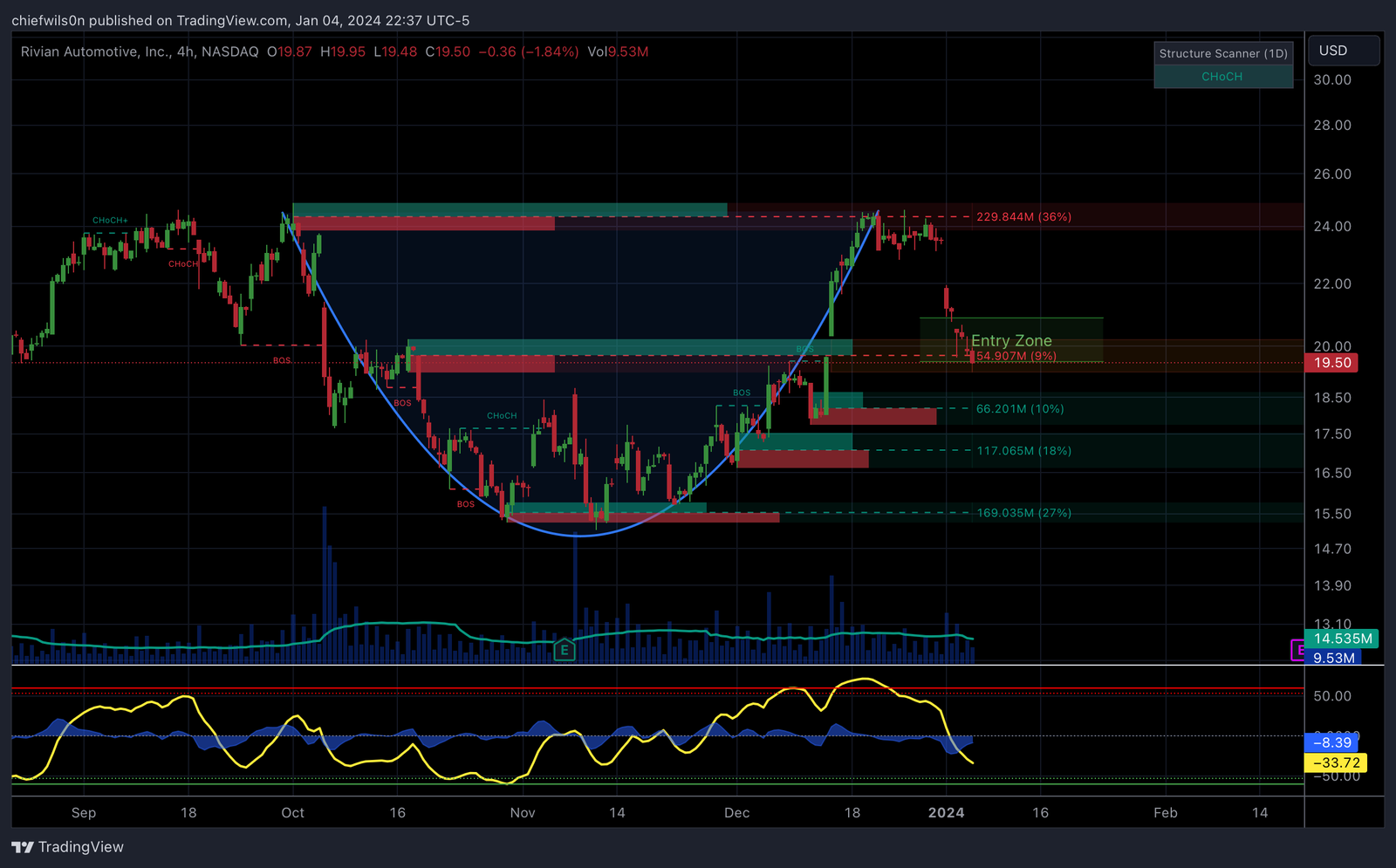
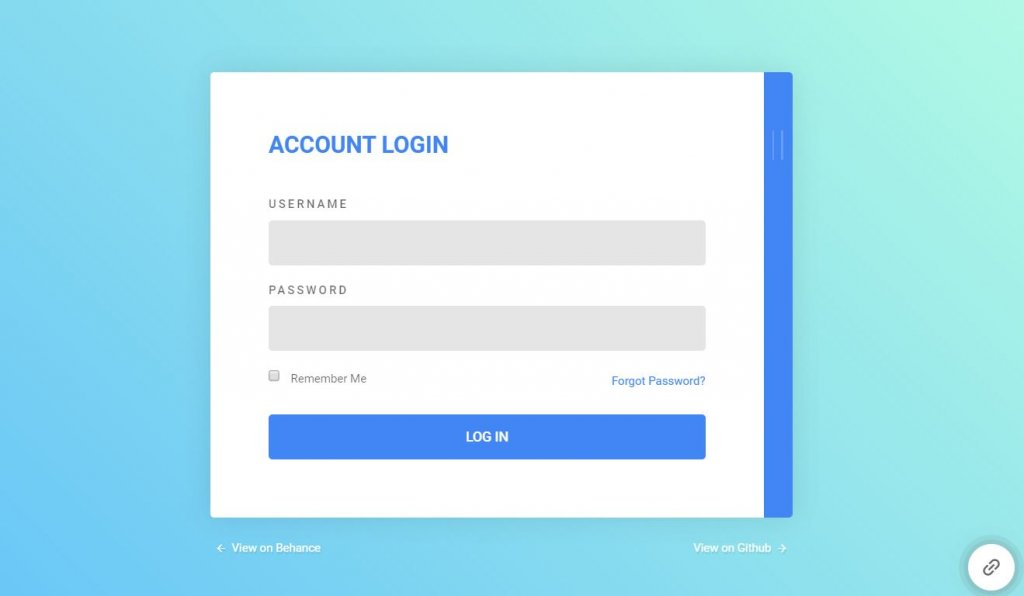



Leave a Reply